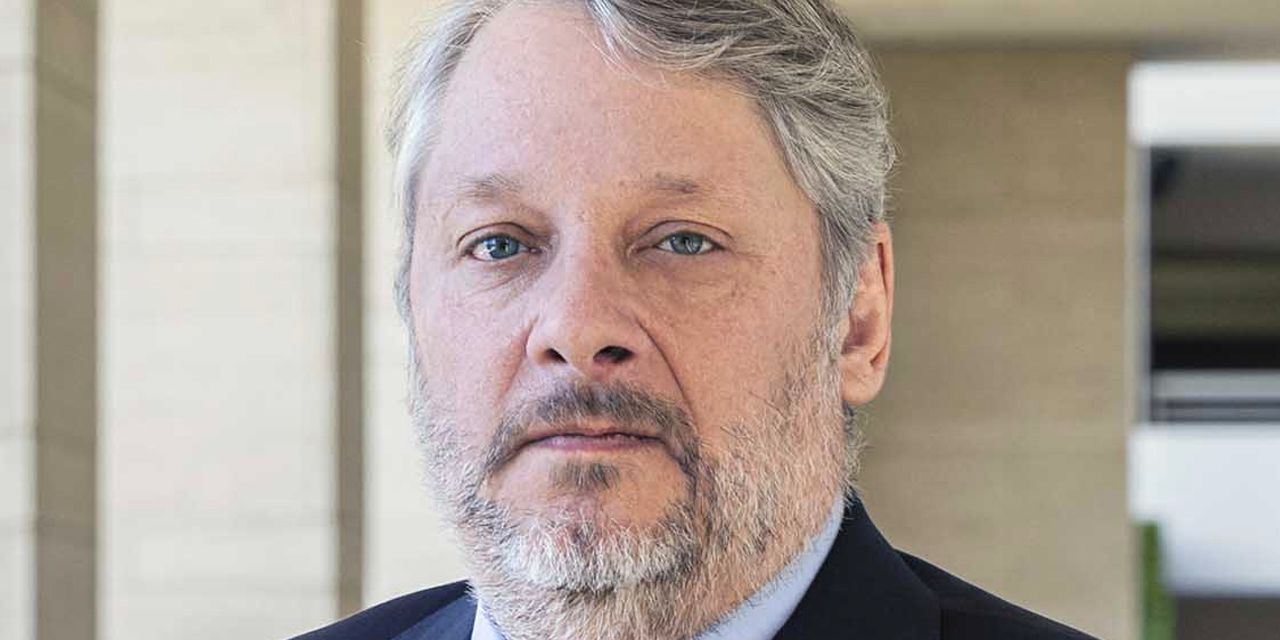With yields bouncing up and down, these are interesting times in bond land, keeping Pimco’s Daniel Ivascyn on his toes. But the manager of the world’s biggest actively managed bond fund remains firm in his message to investors: Now is a good time to shift into bonds.
“Investors need to be patient and have a bit of a longer-term horizon or a little bit of patience with this market,” said Ivascyn in an interview with MarketWatch on November 6, adding the bond market will remain volatile. “But we’re more confident than we’ve been in a long time that investors either moving from cash into fixed income, or from equities into fixed income, will be rewarded with some pretty good returns over the next two to three years.”
To be clear, Ivascyn is not calling the high end in rates, but he is saying that after bonds were trounced in 2022, and with this year’s volatility, there’s value again in fixed income. He points out that investors can lock-in attractive rates in a pretty high quality bond portfolio and not take too much interest-rate risk over a two- to three-year horizon. Ivascyn made a similar argument recently to Barron’s, and the recent drop in yields has not changed his mind. The yield on the 10-year Treasury
BX:TMUBMUSD10Y
was recently at 4.69%.
“We are in what we’ll refer to as the belly of the curve, somewhere in that five-year maturity range, even two- to three-year maturities look quite attractive as well,” said Ivascyn. “Bottom line is stay in those shorter maturities. We’re a little bit underweight the extreme long-end, a bit concerned about long-term debt sustainability issues and supply technicals.”
Don’t call him the bond king, but Ivascyn is a closely watched force in fixed-income markets, helping to direct Pimco’s $1.7 trillion of assets and overseeing the Pimco Income Fund and its $126 billion of assets. The fund has consistently outperformed its peers, including in the first 10 months of 2023. Ivascyn is also on The MarketWatch 50 list of the most influential people in markets.
The way Ivascyn sees it, hunkering down and playing some defense makes sense. His models show there’s still a coin-flip chance the U.S. economy falls into recession in 2024, even though he acknowledges the economy has a lot going for it right now – strong growth, employment momentum, and key sectors like households and the consumer holding up just fine. Nevertheless, what Ivascyn does expect is steady economic weakening coupled with a large amount of geopolitical uncertainty.
“Investors should be prepared for a recession, even though it’s not guaranteed to occur,” he said. “That’s exactly what we’re doing across portfolios, including the income strategy.”
Ivascyn also suggests that Treasury inflation-protected securities, or TIPS, make some sense in the current environment as a hedge against inflation. When it comes to inflation, Ivascyn thinks it’s moving in the right direction in the U.S., but he expects inflation will remain above central-bank targets well into 2024. As a result, Ivascyn sees the Federal Reserve wanting to keep its benchmark interest rate elevated – and the U.S. central bank will be ready to raise it if inflation accelerates again.
“Real rates or inflation-adjusted rates are the highest we’ve seen in well over a decade,” said Ivascyn. “Even though we’re constructive on inflation, we own a very healthy allocation to inflation-protected bonds. We think they make a lot of sense in a portfolio.”
In general, Ivascyn thinks it pays today to stay defensive and remain nimble. Opportunities to go on offense may emerge next year, he says. A hard-landing for the economy is unlikely but it’s possible, he adds, and so is the potential that the Federal Reserve will be in a box with inflation and unable to ease into such a scenario.
“I think you have to prepare for a situation where the economy slows and you don’t get that support that we’re used to,” said Ivascyn. “It could mean that markets just get scared and they overshoot fundamentals, which will be a great buying opportunity.”
Read the full article here












